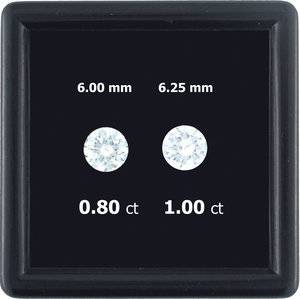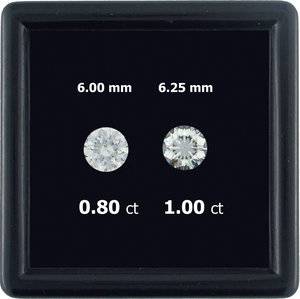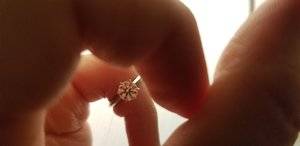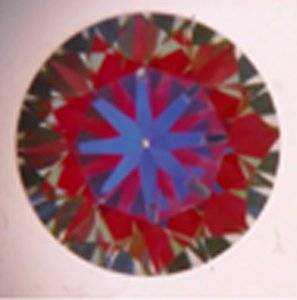We all know that jewelry stores use lighting to help make even the worst cut diamonds look sparkly and bright. But is there a way to shield the lighting or otherwise evaluate how the stone will perform before looking at the certificate? I presume it would help to look at diamonds near a window, but are there any other things to try to help eliminate poor performers?
Basically I'm wondering if there is a way to save time evaluating certificates for clearly poor cuts by just viewing a diamond, and focus on certificates/ASETs/etc. for stones that might be worth it.
Basically I'm wondering if there is a way to save time evaluating certificates for clearly poor cuts by just viewing a diamond, and focus on certificates/ASETs/etc. for stones that might be worth it.







300x240.png)